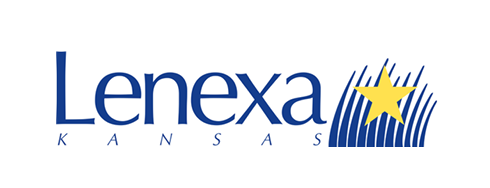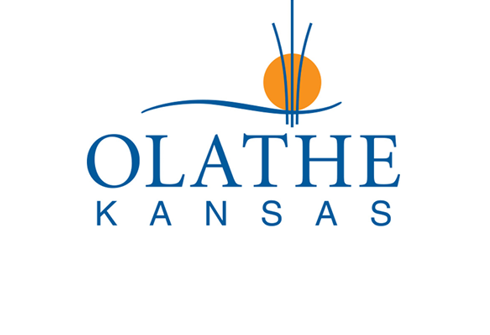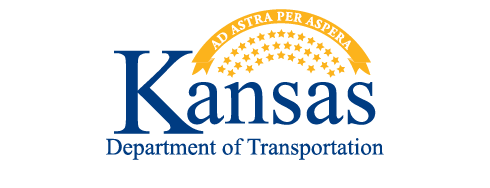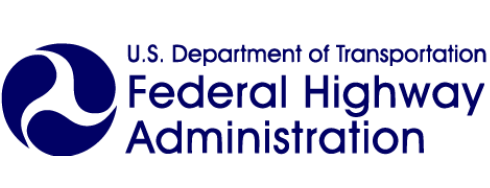
Virtual Public Meeting
Learn more about the latest K-10 Corridor Project updates and design alternatives, and share your feedback.
About the K-10 Corridor
The K-10 Corridor Capacity Improvements Project was announced in December 2021 as part of the Kansas Department of Transportation’s Eisenhower Legacy Transportation Program (IKE).
The K-10 corridor is a 16.5-mile stretch of state highway from the Douglas/Johnson County Line to I-435 in Johnson County, Kansas. Spanning the cities of DeSoto, Lenexa and Olathe, the corridor supports existing and future redevelopment in eastern Kansas and the Kansas City metropolitan area. Major educational institutions, industrial areas, new high-tech businesses, office and commercial sites and residential areas are located along this corridor.
How We Got Here
Johnson and Douglas are two of the fastest-growing counties in Kansas. K-10 is the principal highway linking these two counties. The areas around K-10 are rapidly urbanizing, with brisk commercial, industrial and residential development expected to continue. KDOT will evaluate alternative solutions to improve safety, relieve congestion, and enhance K-10’s key role in supporting existing and future development.
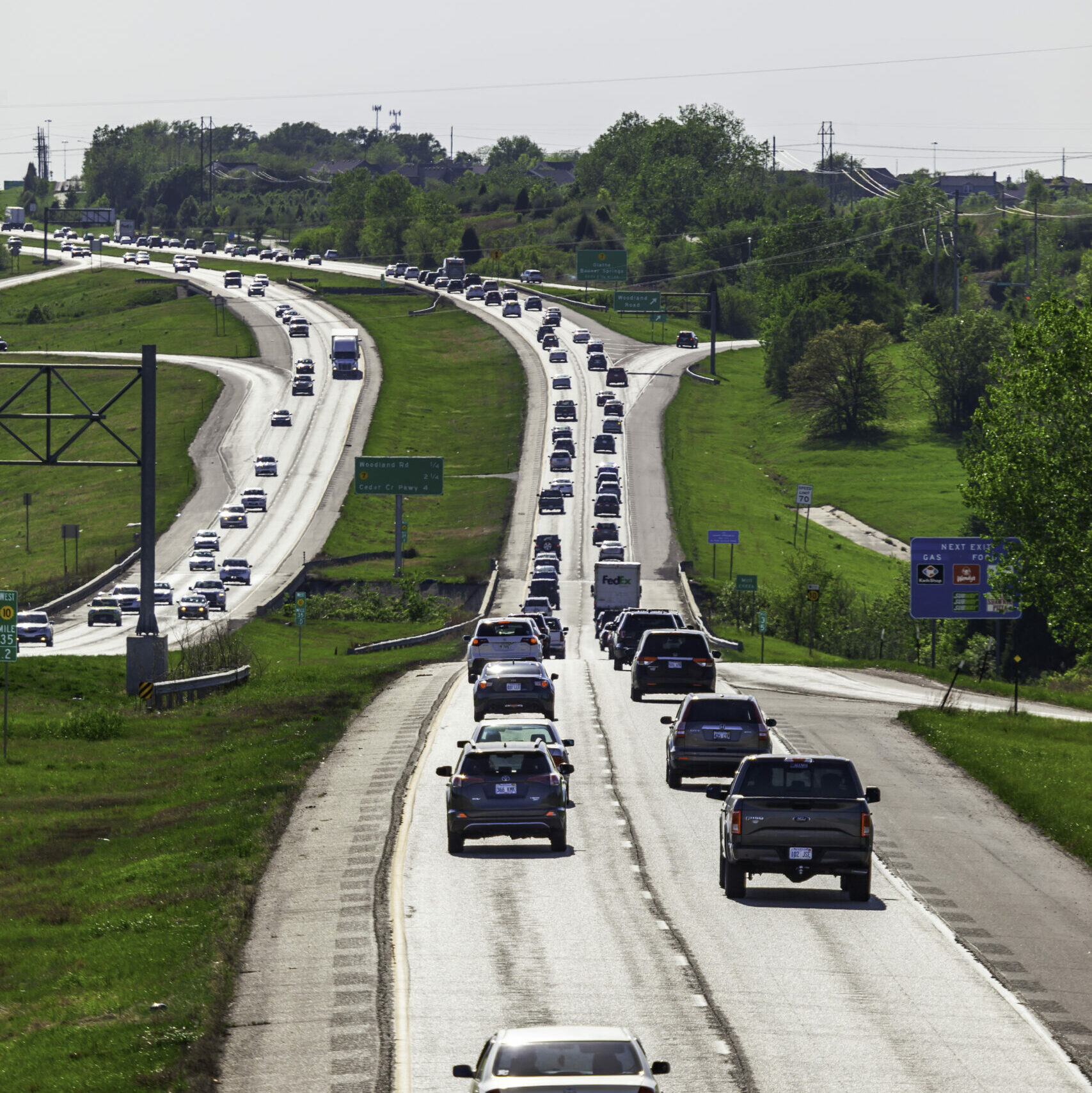
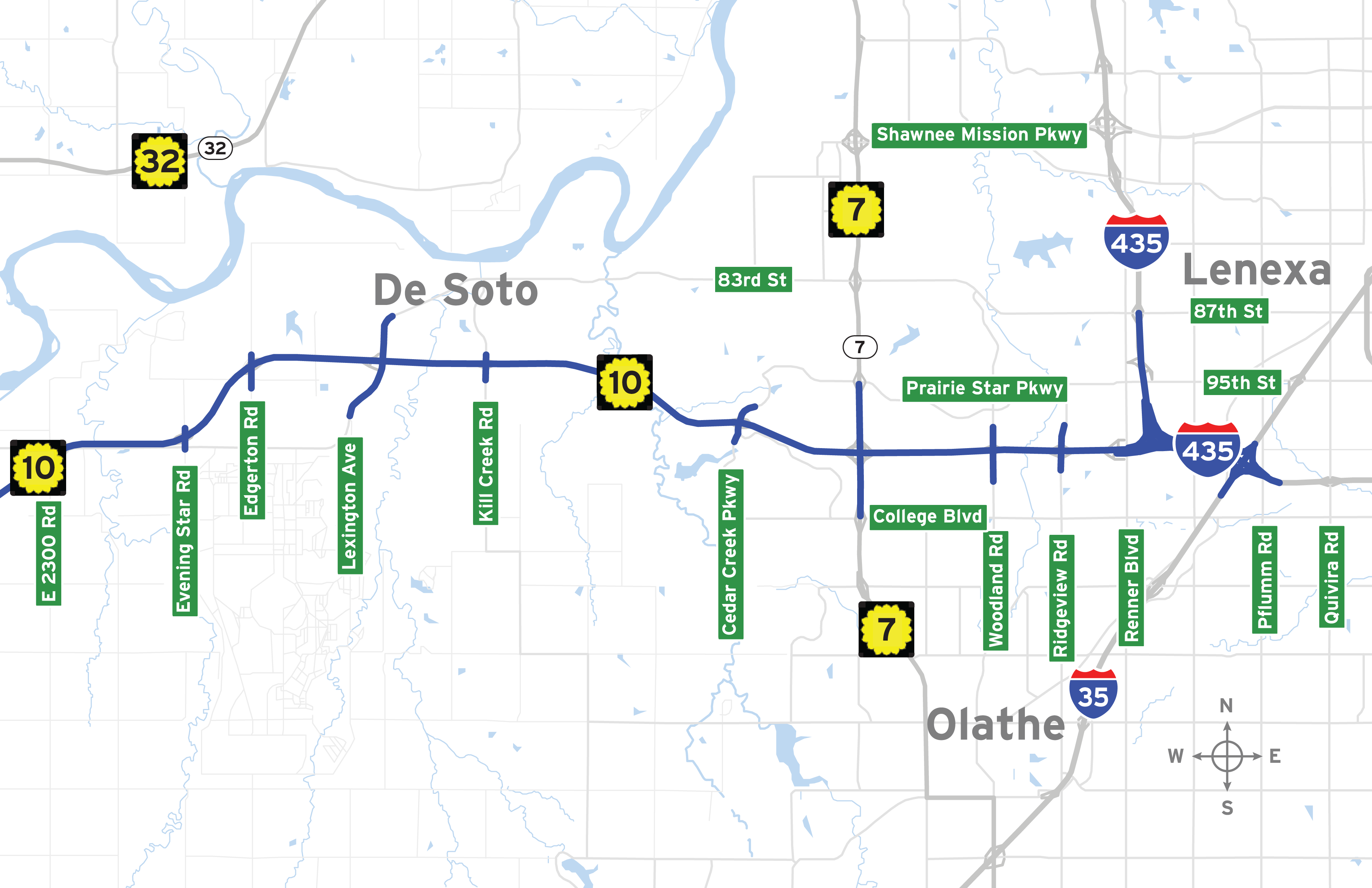
Project Overview
The K-10 Corridor Capacity Improvements Project will consider:
Express Lanes
One highway expansion solution KDOT is evaluating is whether adding express lanes to K‑10 could provide long-term safety, traffic flow and travel time reliability benefits. A tolling study is being completed to explore widening K‑10 to three lanes in each direction and applying a toll to the new lanes from Cedar Creek Parkway to I‑435.
KDOT has concluded express toll lanes are not the preferred solution for the K‑10 corridor because:
- The express lanes solution would not provide a significant congestion management benefit over a toll-free solution. Based on projected traffic volumes, travel patterns and access point locations, existing and future congestion and safety issues on K‑10 can be addressed by reasonable and cost-effective toll-free improvements.
- It would cost approximately $45 million more to construct the express lanes solution because of the additional required infrastructure. This additional infrastructure would include direct access ramps at certain locations, tolling equipment and additional pavement marking and signing. Adding toll-free, general-purpose lanes can address congestion and safety concerns on K‑10 at a lower cost.
- Express lanes are not projected to generate significant excess revenue. Based on projected traffic through the year 2060, toll rates for the express lanes solution are anticipated to remain at or near the minimum toll rates even during peak travel times. At the minimum toll rates, revenues generated by the express lanes would likely cover costs for ongoing operations and maintenance, but would not produce significant excess revenues that could be used to offset costs for construction or be considered as a local contribution to the project.
Ways to Get Involved
Throughout the duration of the K-10 Capacity Improvements Project, KDOT will engage in a significant community engagement effort. Your feedback is important and valuable. Multiple opportunities for engagement are available.
Public Meetings
The best way to stay informed and make your voice heard is by attending hybrid or virtual meetings that will take place at several Project milestones.
Surveys
Several surveys will gauge public sentiment about various aspects of the Project.
Project Updates
Sign up to receive ongoing updates and information about the K-10 Corridor Project.
Comment Form
Share comments or concerns and ask questions by completing the Comment Form.
Project Partners


